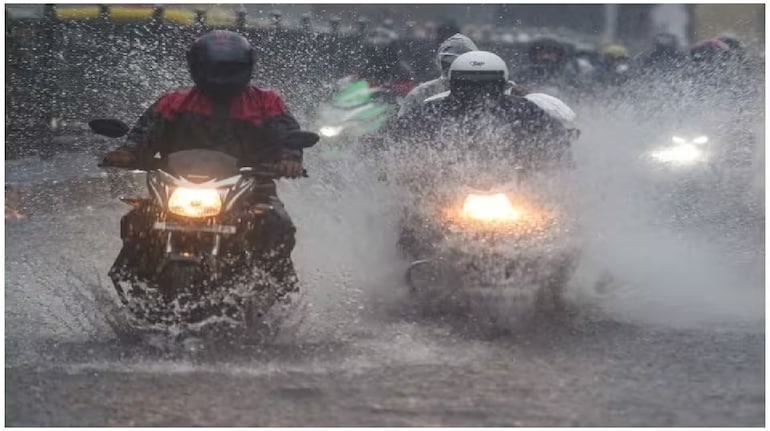
Due to the activation of four flame depression systems simultaneously in the Bay of Bengal and Vidarbha region, there is a threat of heavy rains again in Gujarat. The Meteorological Department has predicted heavy rains in 19 districts of Gujarat from September 3 to September 9. Gujarat is currently recovering from floods. A central committee will soon visit the state and assess the damage caused by the floods. However, even before this, the threat of floods is looming once again in the state.
The Union Home Ministry has constituted an inter-ministerial team to assess the damage caused by rain and floods in Gujarat. According to an official statement, the team will soon visit the flood-affected districts of Gujarat, which received heavy to very heavy rains between August 25 and 30. At least 25 people died in rain-related incidents across the state on August 26 and 27. Even after this, some people lost their lives due to floods.
A person who came to rescue people died after the boat capsized
A man drowned while trying to rescue pilgrims after a boat capsized in a river in Botad district on Monday, officials said. Gir Gadh Taluka Development Officer Anil Wala said the incident occurred on Monday morning when a boat was carrying four devotees to the Belnath Mahadev temple in the Kalubhar river near Khijadiya village. Wala said some locals immediately jumped into the river to save these devotees, but unfortunately one of the rescuers, Harpal Singh Gohil, died by drowning.
There was a flood situation in Vadodara
Vishwamitri river in Vadodara overflowed, leading to flood-like conditions. The river was flowing 37 feet above the danger mark. Due to which 6,073 people were evacuated to a safe place. 26 people have died in rain-related incidents in the state. Around 17,800 people were evacuated from flood-affected areas amid heavy rains in many parts of the state. Many areas of the city were submerged due to the breaking of the banks of Vishwamitri river. As a precaution, electricity feeders and transformers were shut down. After the flood water receded, pumping stations were started to provide drinking water to the people.
 look news india
look news india